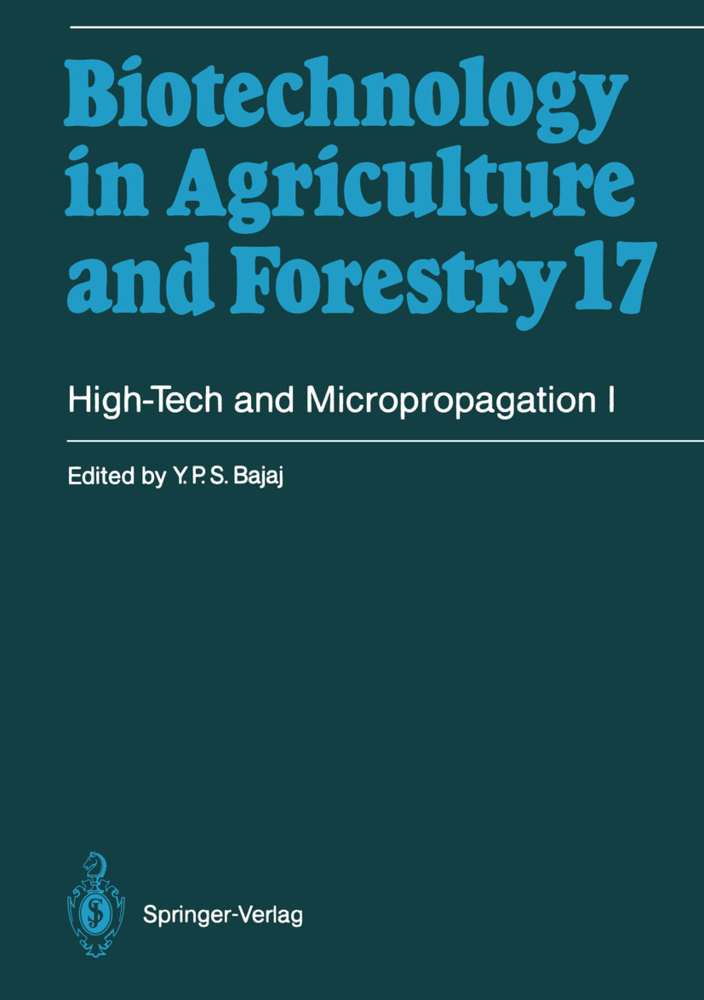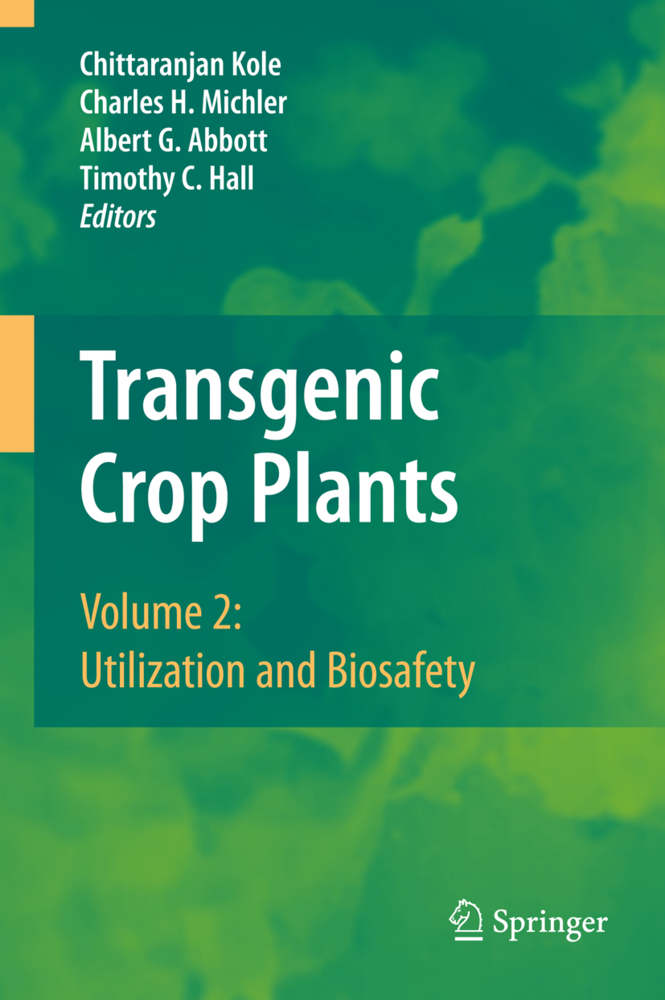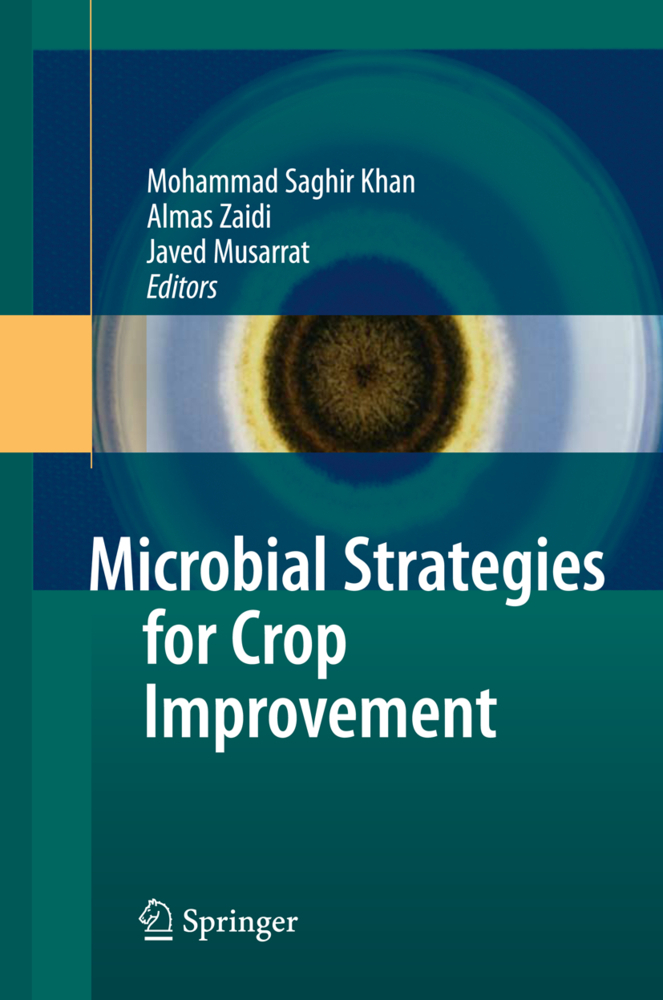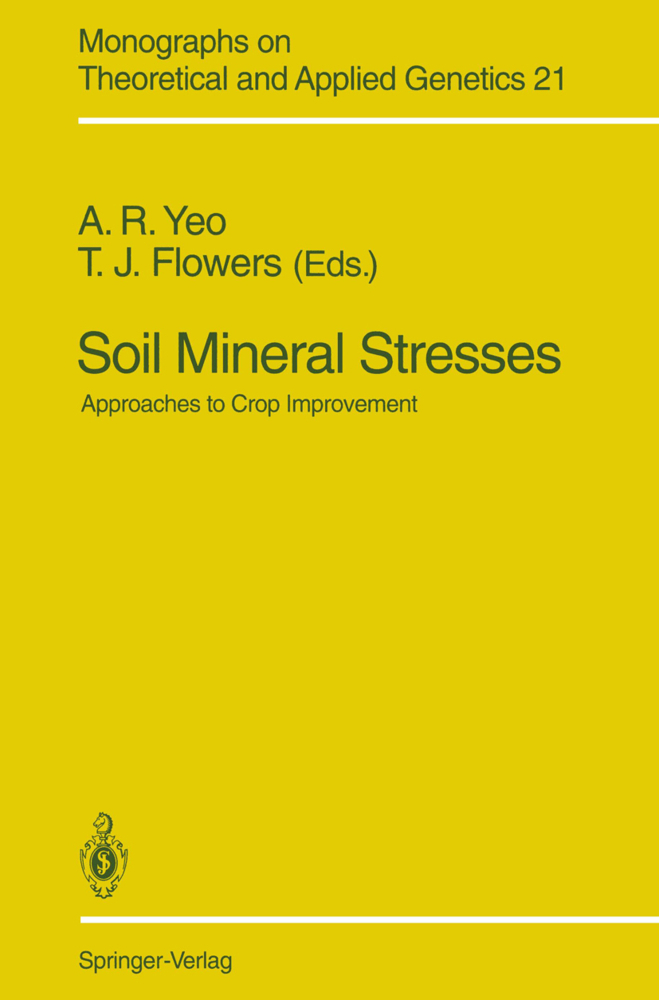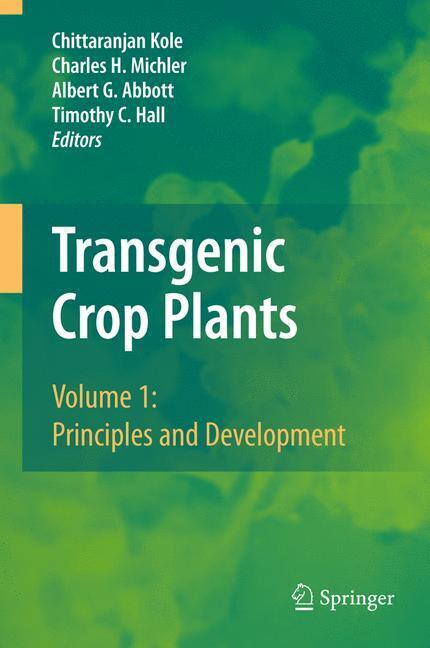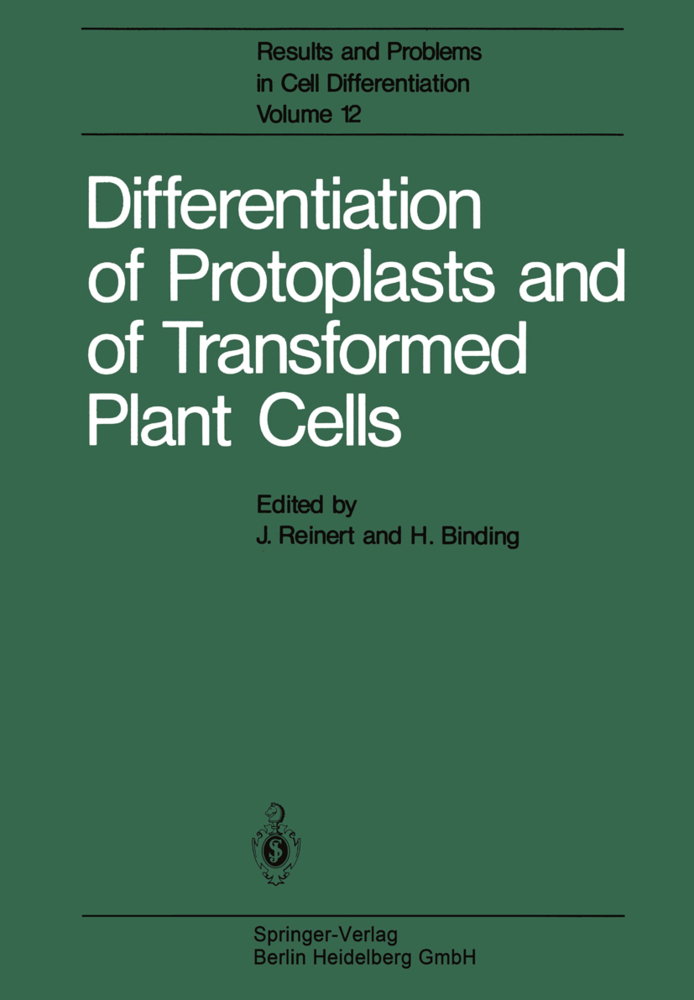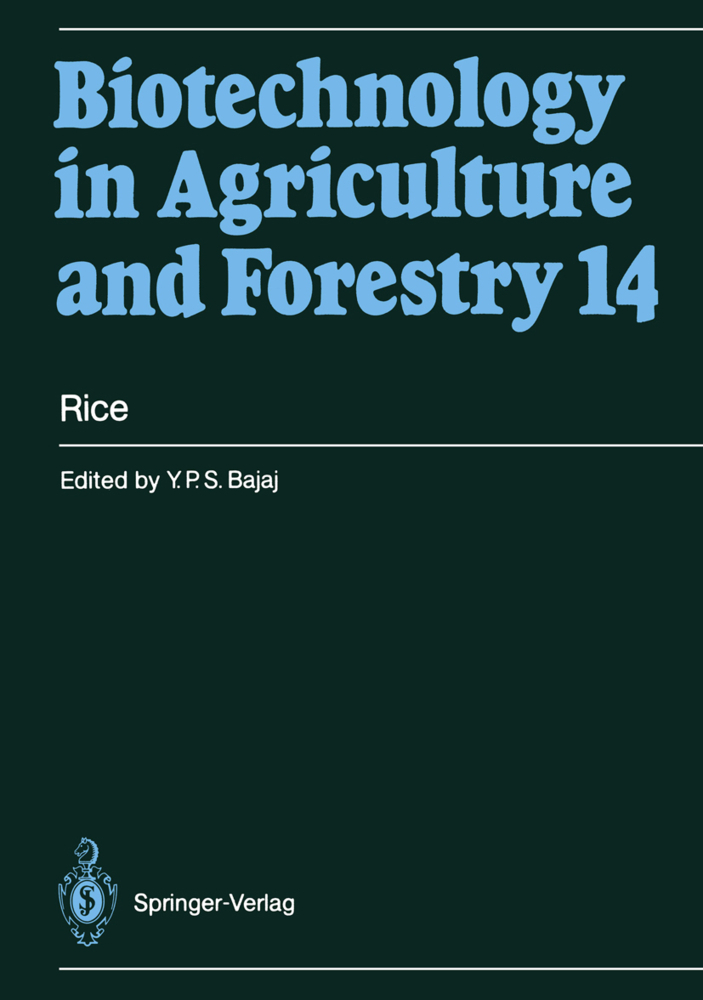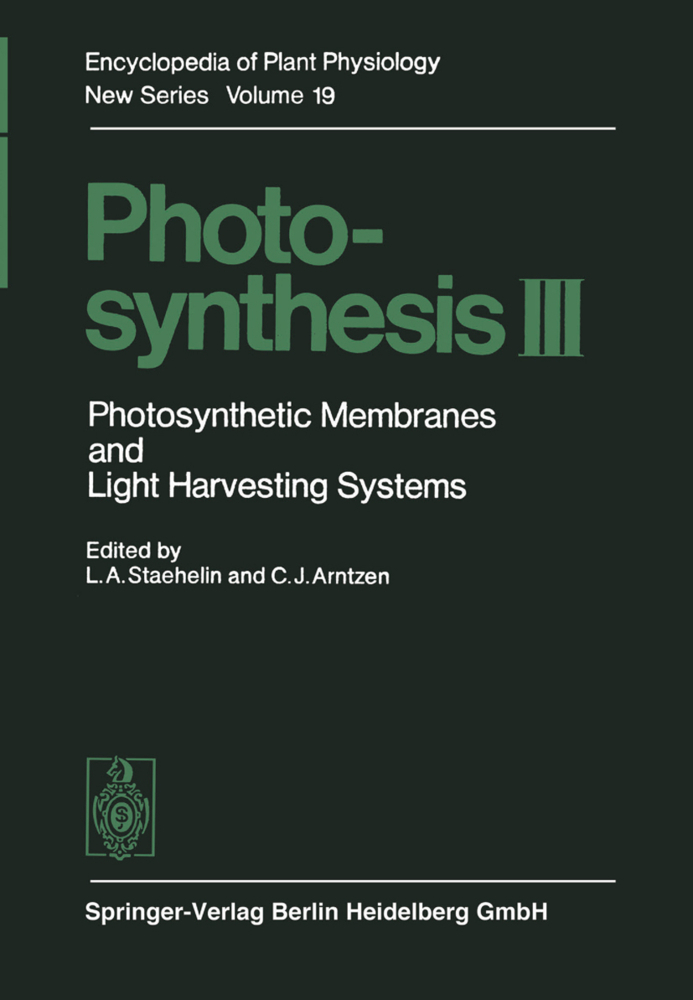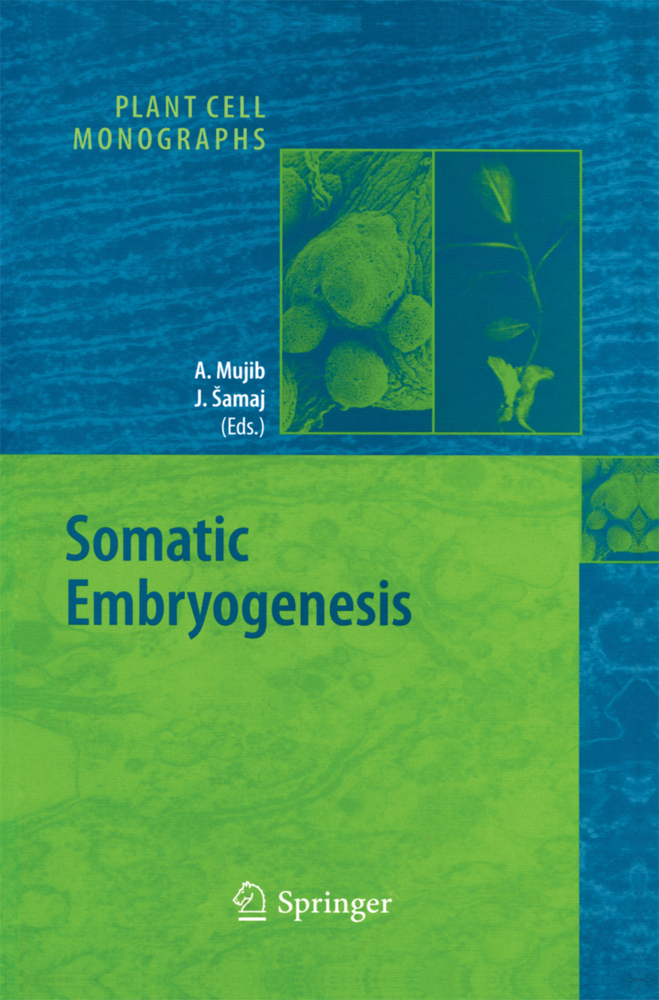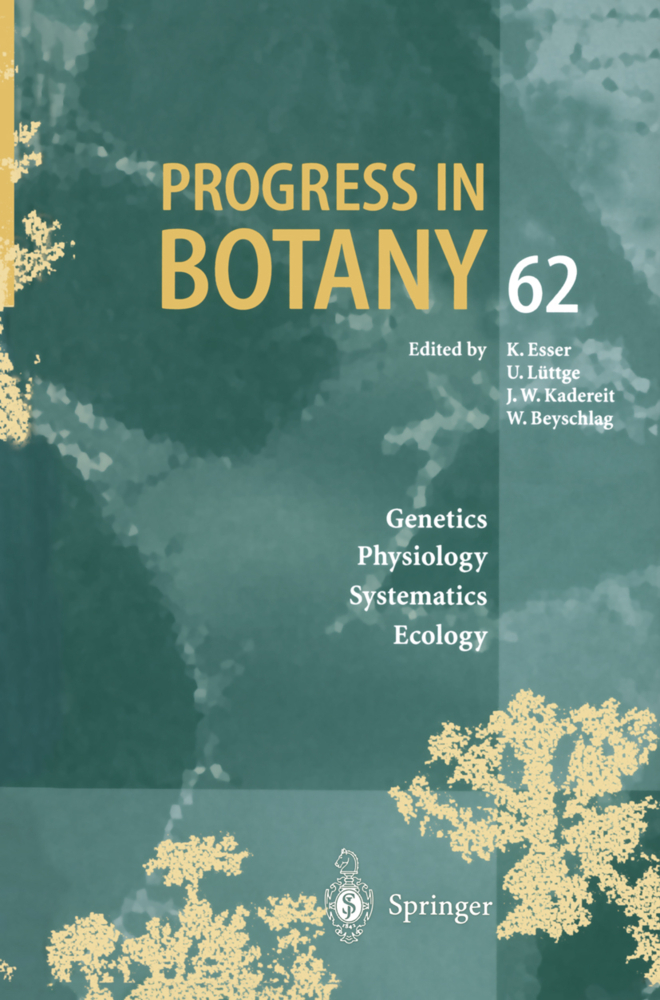High-Tech and Micropropagation I
High-Tech and Micropropagation I
Presented here is another classic from this series and deals with general aspects of micropropagation of plants for commercial exploitation. It includes chapters on setting up a commercial laboratory, meristem culture, somatic embryogenesis, factors affecting micropropagation, disposable vessels, vitrification, acclimatization, induction of rooting, artificial substrates, cryopreservation and artificial seed. Special emphasis is given on modern approaches and developing technologies such as automation and bioreactors, robots in transplanting, artificial intelligence, information management and computerized greenhouses for en masse commercial production of plants.
I.2 Setting Up a Commercial Micropropagation Laboratory (With 8 Figures)
I.3 Micropropagation Through Meristem Culture (With 1 Figures)
I.4 Micropropagation Through Somatic Embryogenesis in Conifers (With 7 Figures)
I.5 Graft Compatibilities in Vitro (With 9 Figures)
I.6 In Vitro Induction of Flowering and Its Relevance to Micropropagation (With 2 Figures)
I.7 Vitrification in Micropropagation
I.8 Acclimatization of Micropropagated Plants (With 7 Figures)
I.9 The Effect of the Nature and Origin of Explants on Micropropagation (With 9 Figures)
I.10 Problems with Explant Exudation in Micropropagation (With 1 Figure)
I.11 Woody Plant Micropropagation with Cytokinins (With 4 Figures)
I.12 The Effect of the Culture Vessel on Micropropagation (With 4 Figures)
I.13 Disposable Film Culture Vessels (With 17 Figures)
Section II Rooting, Artificial Substrates, Autotrophic Micropropagation, Nursery Planting
II.1 Rooting of in Vitro Cuttings (With 4 Figures)
II.2 Rooting of in Vitro-Produced Shoots in Nonsterile - an Inexpensive and Efficient Technique for en masse Micropropagation (With 2 Figures)
II.3 Use of Artificial Substrates for in Vitro Propagation (With 6 Figures)
II.4 Rockwool as a Substrate for Greenhouse Crops (With 21 Figures)
II.5 Autotrophic Micropropagation (With 20 Figures)
II.6 In Vitro Nursery System for Vegetable Crops - Tomato and Melon (With 9 Figures)
Section III Storage/Cryopreservation of Cultures, Quiescent Somatic Embryos, Artificial Seed
III.1 Storage and Cryopreservation of inVitro Cultures (With 7 Figures)
III.2 Quiescence and Dormancy in Somatic Embryos (With 3 Figures)
III.3 Artificial Seeds - Encapsulated Somatic Embryos (With 9 Figures)
Section IV Automation, Artificial Intelligence, Robots in Transplanting, Information Management, Bioreactors, Computerized Greenhouses
IV. 1 Automated Systems
IV.2 Artificial Intelligence Technology to Control Plant Environments (With 15 Figures)
IV.3 Robots in Transplanting (With 15 Figures)
IV.4 Computing and Information Management in Micropropagation (With 5 Figures)
IV.5 Mass Propagation of Plants Through Shakeand Bioreactor-Culture Techniques (With 19 Figures)
IV.6 Climate Control of Greenhouses and Crop Growth (With 8 Figures)
IV.7 Computer-Controlled Greenhouses in Japan (With 4 Figures).
Section I General Aspects, Factors Affecting Micropropagation, Meristem Culture, Somatic Embryogenesis, Grafting, Vitrification, Acclimatization, Disposable Culture Vessels
I.1 Automated Micropropagation for en masse Production of PlantsI.2 Setting Up a Commercial Micropropagation Laboratory (With 8 Figures)
I.3 Micropropagation Through Meristem Culture (With 1 Figures)
I.4 Micropropagation Through Somatic Embryogenesis in Conifers (With 7 Figures)
I.5 Graft Compatibilities in Vitro (With 9 Figures)
I.6 In Vitro Induction of Flowering and Its Relevance to Micropropagation (With 2 Figures)
I.7 Vitrification in Micropropagation
I.8 Acclimatization of Micropropagated Plants (With 7 Figures)
I.9 The Effect of the Nature and Origin of Explants on Micropropagation (With 9 Figures)
I.10 Problems with Explant Exudation in Micropropagation (With 1 Figure)
I.11 Woody Plant Micropropagation with Cytokinins (With 4 Figures)
I.12 The Effect of the Culture Vessel on Micropropagation (With 4 Figures)
I.13 Disposable Film Culture Vessels (With 17 Figures)
Section II Rooting, Artificial Substrates, Autotrophic Micropropagation, Nursery Planting
II.1 Rooting of in Vitro Cuttings (With 4 Figures)
II.2 Rooting of in Vitro-Produced Shoots in Nonsterile - an Inexpensive and Efficient Technique for en masse Micropropagation (With 2 Figures)
II.3 Use of Artificial Substrates for in Vitro Propagation (With 6 Figures)
II.4 Rockwool as a Substrate for Greenhouse Crops (With 21 Figures)
II.5 Autotrophic Micropropagation (With 20 Figures)
II.6 In Vitro Nursery System for Vegetable Crops - Tomato and Melon (With 9 Figures)
Section III Storage/Cryopreservation of Cultures, Quiescent Somatic Embryos, Artificial Seed
III.1 Storage and Cryopreservation of inVitro Cultures (With 7 Figures)
III.2 Quiescence and Dormancy in Somatic Embryos (With 3 Figures)
III.3 Artificial Seeds - Encapsulated Somatic Embryos (With 9 Figures)
Section IV Automation, Artificial Intelligence, Robots in Transplanting, Information Management, Bioreactors, Computerized Greenhouses
IV. 1 Automated Systems
IV.2 Artificial Intelligence Technology to Control Plant Environments (With 15 Figures)
IV.3 Robots in Transplanting (With 15 Figures)
IV.4 Computing and Information Management in Micropropagation (With 5 Figures)
IV.5 Mass Propagation of Plants Through Shakeand Bioreactor-Culture Techniques (With 19 Figures)
IV.6 Climate Control of Greenhouses and Crop Growth (With 8 Figures)
IV.7 Computer-Controlled Greenhouses in Japan (With 4 Figures).
Nagata, Toshiyuki
Lörz, Horst
Widholm, Jack
Bajaj, Yashpal P. S.
| ISBN | 978-3-642-76417-2 |
|---|---|
| Artikelnummer | 9783642764172 |
| Medientyp | Buch |
| Auflage | Softcover reprint of the original 1st ed. 1991 |
| Copyrightjahr | 2011 |
| Verlag | Springer, Berlin |
| Umfang | XIX, 555 Seiten |
| Abbildungen | XIX, 555 p. |
| Sprache | Englisch |

